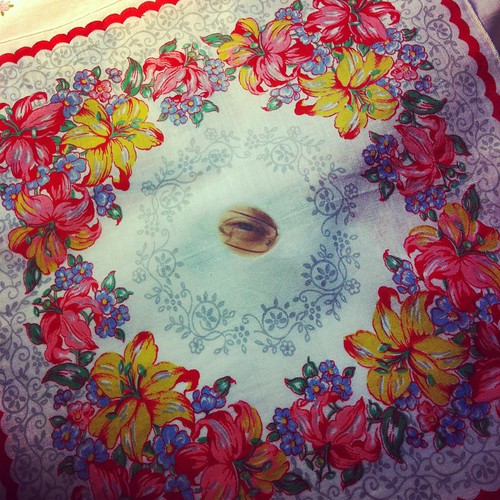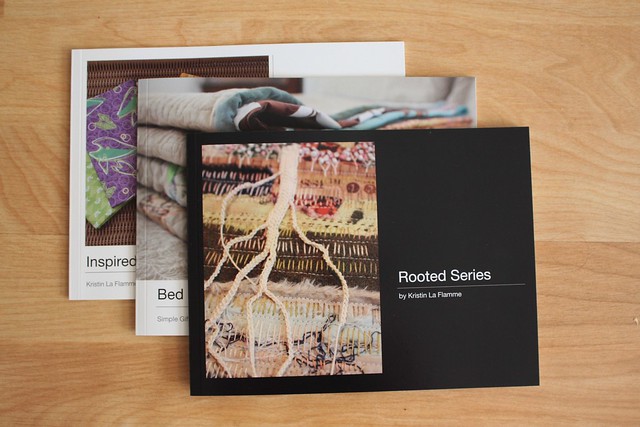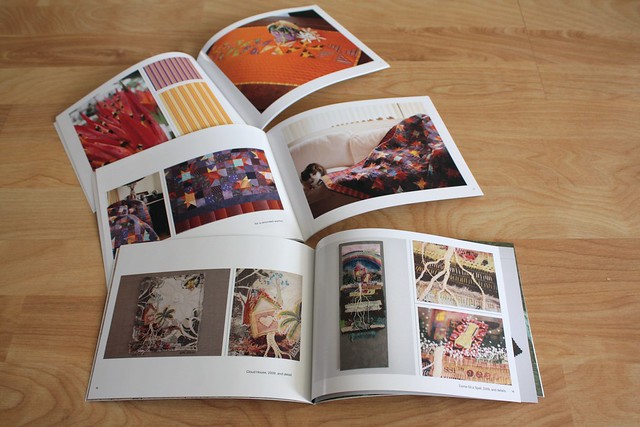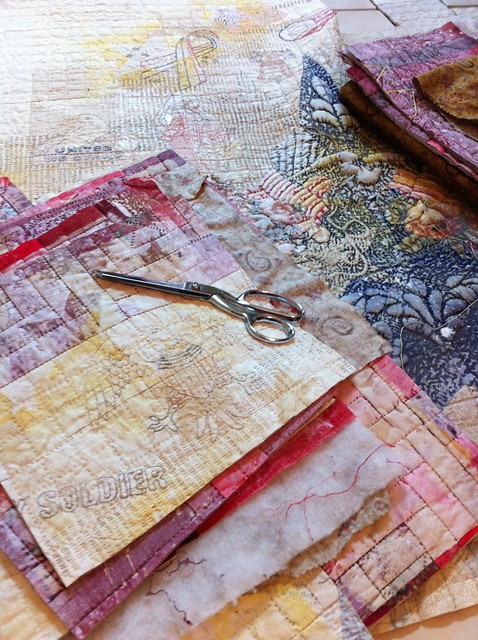I am working on a large quilt for my Security Blanket series. I hesitate to bring it for several reasons. The first is because I am adding some appliquéd shapes and I don't want them to get crumpled or misplaced in transit. The second and more important reason is that I feel like this piece is far enough along that I am committed to it for good or bad. There is no turning back. I'm not proud or happy that I feel that way about this piece (I recognize that it's not a position of growth), but I do.
I could bring a few drawings from the life drawing sessions I attend. But those are never really meant to be finished artworks, just exercises, so what would the point be? Of course, I could probably get some insight on avenues to explore in future drawing sessions, so maybe I should bring my sketches one of these days.
I decided to bring a collection of hankies I am altering for my Army Wife series. I feel pretty solid about the basic premise, but I'm not sure how best to present them. The crit group could help me with that, and the hankies are not so far along that if there was input that could potentially change other aspects I wouldn't be able to implement it. The other artists at the session did indeed have some great ideas about how to present this work, and confirmed that I was on the right track. Next month I promise myself that I'll bring something meatier to crit!

All this agonizing over what to bring reminded me of a conversation I had with a friend a while ago about critiques and Show and Tell in general. It is often difficult to share work in a forum where people might question it. That questioning is often taken personally. My answer to my friend's query how I dealt with criticism was that art school taught me to develop a thick skin, not take it so personally, and to take what was helpful and ignore the rest. She asked what our art school critique sessions were like.
To tell the truth, I can't remember. I remember the lessons I took away from them, but I don't remember the format or my feelings at the time. I think it was pretty simple. Put your work up on the wall (everyone's at once if I remember correctly), and then one by one we explained what it meant. These were design classes for the most part, so there was usually a list of "client" needs we were to have addressed. Then the instructor and students talked about what in each work addressed those needs and what wasn't so effective. There were what-if questions too about color and compositional choices and type faces and the like. I don't remember ever being completely crushed by anyone's comments. Disappointed maybe, but never crushed. And there was almost always something that could be changed or applied to the next assignment. Maybe it was because we were all relatively equal -- similar ages, at the same place in school, all good enough to have been accepted into the school in the first place, etc. Maybe quilt guilds and art quilt groups are too varied in experiences to be comfortable places for hearing opinions (and it is all subjective opinion) on one's work.
As uncomfortable as they can be, I think critiques are important for growth. I think they can be effective even if it's as simple as a group of friends one is comfortable with, or if it's a more formal setting. And let's not forget the self critique. Is my work good enough? Am I relevant? What can I change to make the work better? Eternal questions, I know. But critique can help me find an answer, at least temporarily.


.jpg)












.jpg)


.jpg)


























.jpg)
.jpg)
.jpg)
.jpg)








